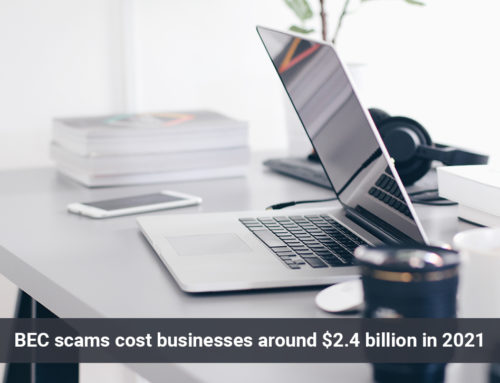Featuring Joe Molloy – Sync IT Managing Director
Question: Who Are Sync IT, and what exactly do you do?
Answer: As Managing Director I wear a couple of hats. My foremost responsibility is the welfare and development of the staff in Sync IT, our Syncies! After this, is to ensure what we promote in terms of managed support and security services make business sense to our clients. This involves listening to the market, the world tech giants and bringing it back to our clients through our partnerships. My last core focus is educating the local market or our future clients of the changes in IT and IT security. We have a wealth of knowledge and experience which I believe is not being utilised enough by local businesses.
Question: From your knowledge, what are the main cyber security issues facing businesses as of today?
Answer: Staff awareness across the company is a massive one. I see MD’s, business owners being the biggest culprits. Making all staff aware of the common pitfalls, weaknesses is the basic layer of protection for any business.
Question: Do local business owners prioritise cyber security in their business plans?
Answer: Unfortunately my experience to date shows that the majority of SME’s in the North East that I have talked to have no provision for Cyber Security or IT management in their business plans. Understanding what they have, what it costs is a basic requirement to help create and grow a ICT strategy for the business.
Question: What are the common sectors or verticals that need to invest in IT cyber security protocols?
Answer: Based on my experience, any ‘professional services’ company that deals or collaborates with end user client data has to invest. Manufacturing or any production type of business that deals with 3rd party companies logging into the factory or premises to support factory or production systems are a major contender.
Question: Lastly, any advice to business owners in the NE looking to implement ‘Hybrid Working’ into their business with a focus on IT security?
Answer: Creating a simple profile, outlining what the user needs to do when working remotely. What tasks, applications and or systems they need to do and use when out of the office. Mapping this back to what is possible for the staff member when out of the office is key. The number of business owners I come across who don’t do or understand this is high. By doing this you can create a strategy to make this operational for starters, can be measured and then secured.






Leave A Comment